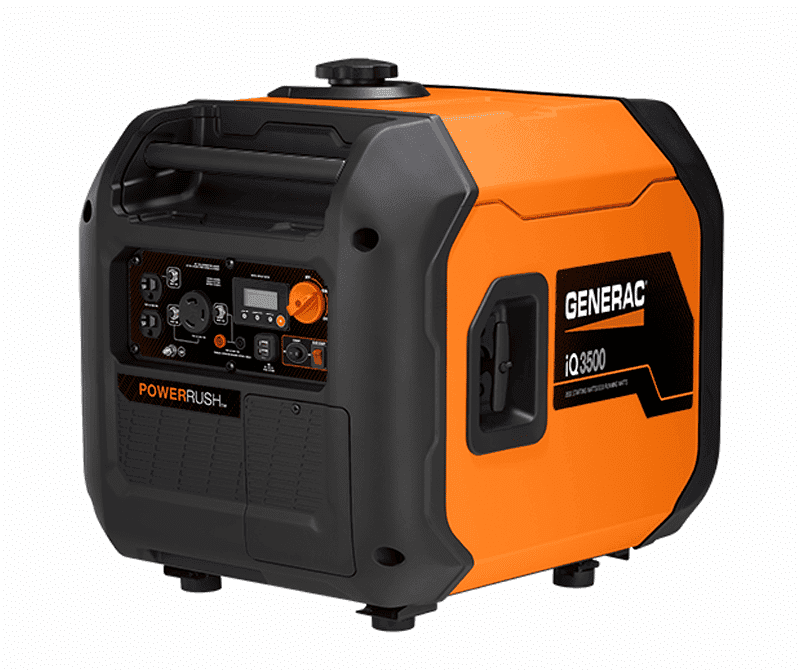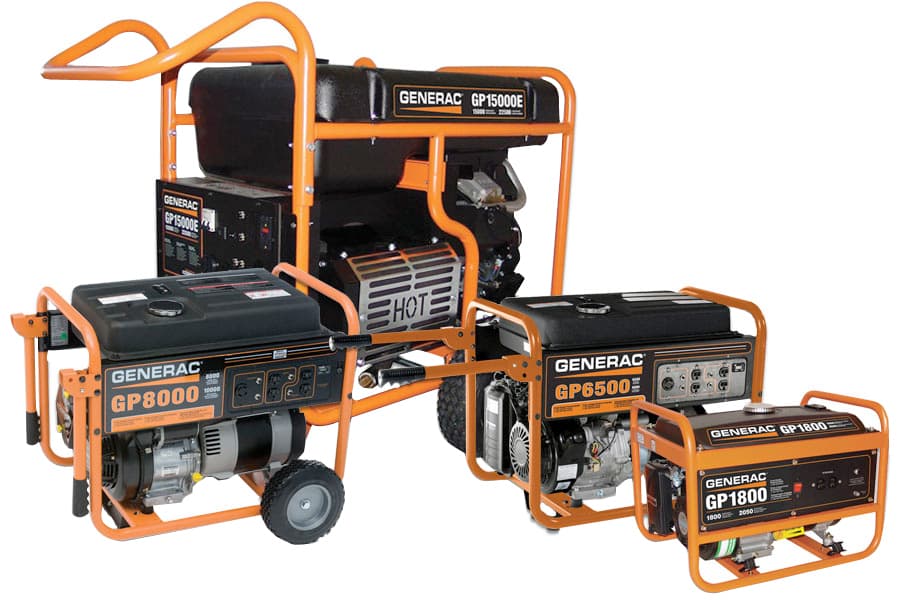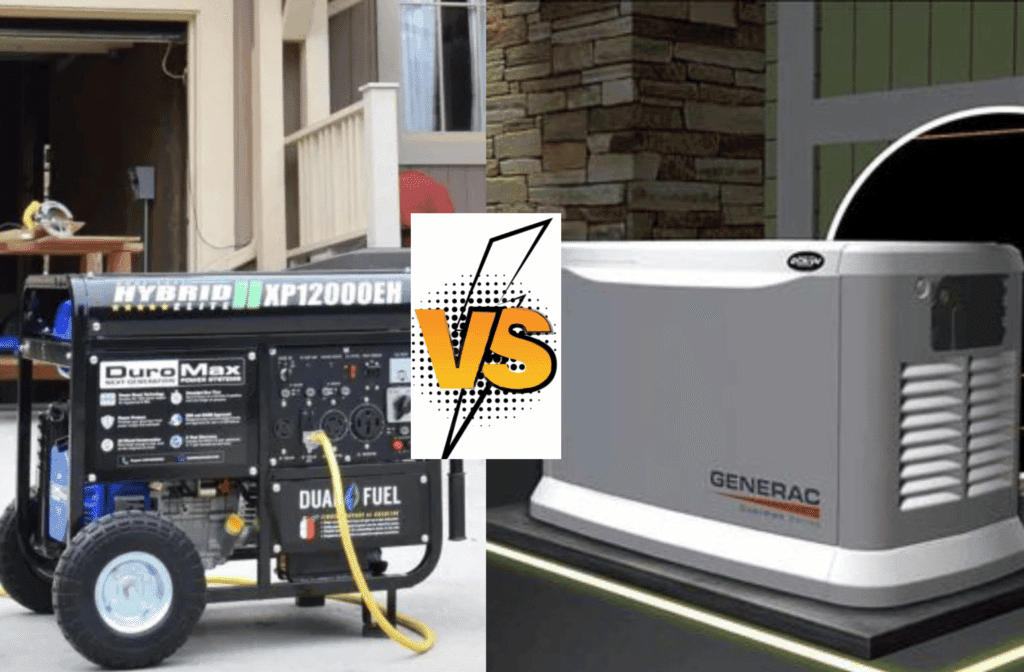
-
“Joe and Tatiana went the extra mile to quickly arrange all possible logistics and expedite the new AC unit installation.” - May W.

- What’s Your Budget? The less expensive choice is a portable generator. Consumer Reports’ generator buying guide states that the majority of models range in price from $400 to $1,000. You can put up this kind of generator yourself, or you can pay an electrician a few hundred dollars to install a transfer switch, which makes it safer and simpler to use. A standby generator costs between $3,000 and $6,000, plus the expense of expert installation, according to Consumer Reports. In total, your costs could range from a few thousand to over ten thousand dollars.
- How Much Do You Value Convenience? A standby generator doesn’t need any reconfiguration or adjustment. Once connected, it automatically turns on whenever the power goes out. Much more effort is required for portable generators. In order to make sure they are functioning properly, you must purchase and save fuel for them in advance and run them frequently once a month. Then, when a power outage occurs, you have to get the generator out, take it outside, connect it, and start it. You may need to dash back outside in the middle of a storm if the power loss lasts long enough. And finally, using a portable generator requires greater safety measures. It could cause a fire or bring dangerous fumes into your home if handled improperly.
- Where Will You Store It? Finding a good location to keep a portable generator is key. It must be kept within to guard against theft and damage, but it must also be portable so that you may take it outside when you need it. Moreover, you need a good location to set it up when using it, preferably outside on flat ground that is shielded from the elements but is not too close to the home. A standby generator can remain operational year-round wherever it is installed. That saves you time, but it also consumes a significant amount of space throughout the year, not just during storms.
- Do You Need Power While You’re Away? A standby generator has the benefit of turning on automatically when the power goes off, even if you are not home. That means you won’t have to worry about returning home to a flooded basement if a storm hits your house while you’re away on vacation because the pipes burst or the sump pump malfunctioned.

Additional terms and conditions may apply, call for details. Valid from Jun 1, 2024 - Sep 30, 2024
Types of Generators
Inverter Generator
Although inverter-type generators are frequently portable, we categorize them separately since their operation differs greatly and technically from that of the other two. They are known for their lower noise levels, they are also lightweight and easy to transport. Inverter generators deliver 120/240 volts of AC electricity, like the

majority of generators do. They use an engine connected to an alternator to produce AC power and convert it to DC power. DC power can be stored, which makes an inverter one of the best types of generators for traveling in an RV, tailgating, camping or boating.
Circuitry that functions as a filter, smooths out surges, and cleans up the sine wave (or oscillating wave) of the electrical current controls the conversion and inversion. The alternating current sine wave in most generators is distorted to variable degrees. The majority of electrical equipment don’t typically have this problem; the exceptions include delicate electronics like tablets, laptops, televisions, and other smart devices, which can be harmed by current distortion or surges. With “clean” power and constant voltage, these devices will survive longer. Inverter generators can be much more expensive as a result of the additional complexity.
Here are the approximate wattages for items commonly powered by an inverter generator:
- Lights: 250
- Fan: 100
- Space Heater: 1500
- Hot Plate: 1200
- Crock Pot: 1200
- Television: 250
Home Standby Generator
Standby generators are always installed permanently outside your home. They usually start automatically when the power to your home goes out. They have devices that monitor the electricity provided by a utility and can actually power up all the equipment in a home within seconds of a power failure.
Some of the features of a standby generator:
- Provides automatic emergency backup power within seconds of an outage.
- Whole house generators provide blackout protection seven days a week, 24-hours a day and are permanently installed.
- An existing fuel source, like liquid propane or natural gas, can be used to power the machine.
- Depending on your needs, whole house generators can either power the entire house or only a few selected circuits that you have connected.
- When choosing the best generator for home backup, consider models with special features that run the unit more quietly or conduct weekly, self-diagnostic tests.
Portable Generator
When a blackout begins, portable power generators, which are typically mounted on wheels, must be pushed outdoors and connected to your home’s electrical

system. Sometimes portable generator are also called backup generators, and are used to provide temporary power when and where it is needed. The word “Portable” is a relative term; as some are more portable than others. While the smallest models can be picked up and carried, most have wheels and a handle to make transport easier. To load or transfer them, however, may require two individuals due to their weight of over 100 pounds. Direct plug-ins into regular outlets are available on the generator’s front panel for equipment like appliances and power tools. A twist-lock connector that can deliver up to 240 volts is also included in many models and can be used with a manual transfer switch to power circuits in a home.
Here are the approximate wattages of some common tools that can be powered by a portable generator:
- Chain Saw: 1000-1800
- Circular Saw: 1200-1600
- Drill (depends on size): 250-1200
- String Trimmer: 600-1100
- Hedge Clippers: 300-1000
- Leaf Blower: 1000-1400
- Planer: 300-900
- Sanders: 250-1500
- Router: 100-1500
- Shop Vacuum: 700-1400
- Paint Sprayer: 500-1000
- Miter Saw: 500-1000

Contact Airplus Today
Servicing All BrandsOur team is here to answer your questions. Contact us today at (571) 470-7235 or complete the form below.
.2309121422550.png)



